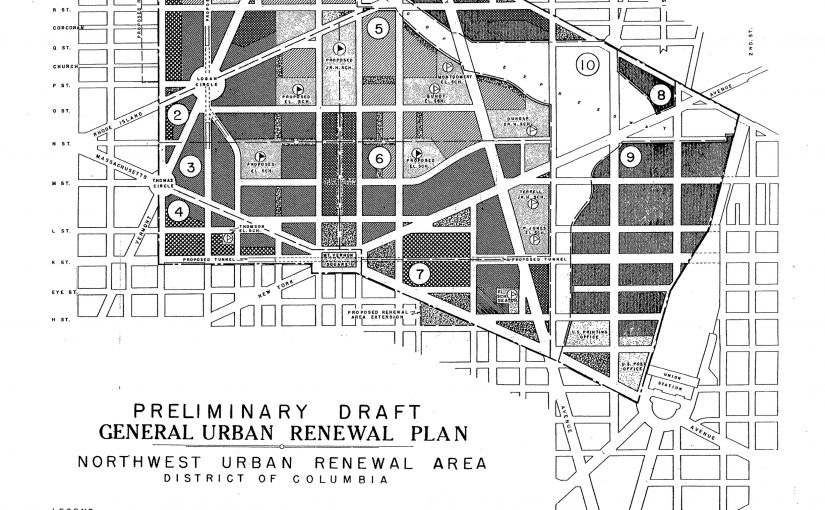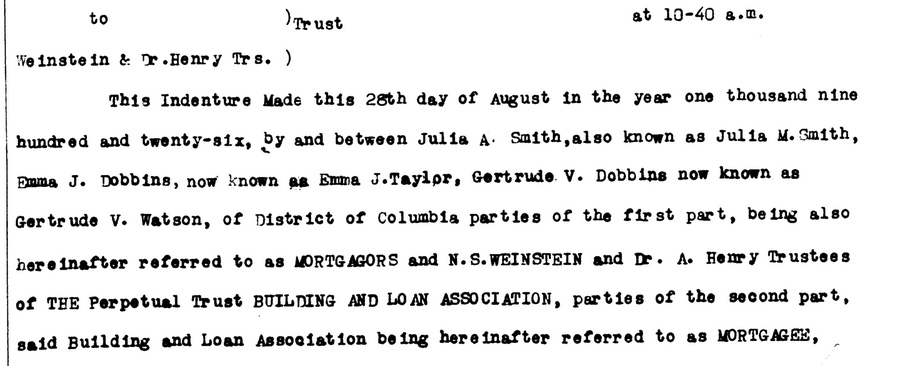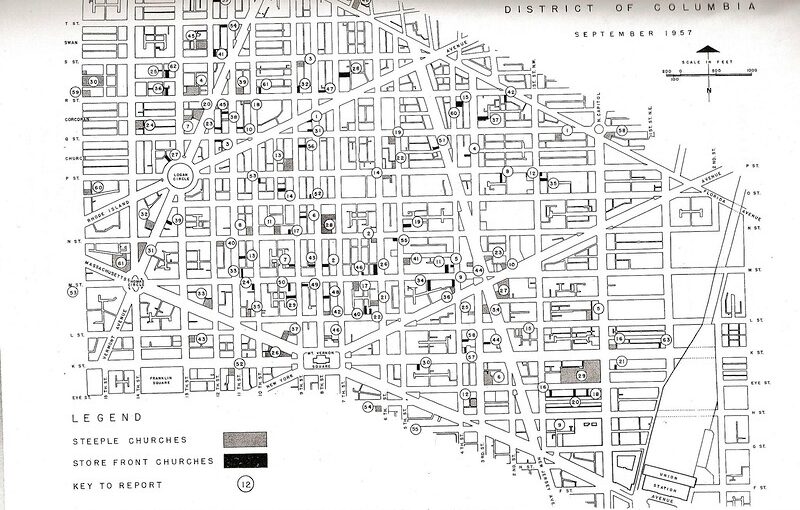So as I write one boring Black Home Owners of Truxton Circle post after another, I noticed that these residents were borrowing money from individuals and institutions. These weren’t government sponsored loans, to my knowledge. Redlining, in the original sense (as I acknowledge the word has been expanded to other injustices), was the New Deal agency Home Owners’ Loan Corporation (HOLC) discriminatory attitude towards minority areas regarding loans. But loans to African Americans in Truxton Circle were being made. Not a lot, but money was borrowed.
Because I am looking at people from the 1920 census and the online land records start around 1921/1922 I am not seeing a lot of people borrowing money to obtain their homes. They already own it by the time I’m looking at them. I might see it, or hints of people taking out a mortgage to purchase a home when the 1920s home owners sell and there is documentation regarding the next owner borrowing money. Or I see releases when owners settle their debts with one or more lenders. Or they take out mortgages or loans on their property or their children do. I might see people taking out mortgages to purchase when I eventually get to the 1930s home owners.
The rate of home ownership is low. But that tends to be the case of urban areas compared to suburban ones. I have to go past a lot of renters in the main TC census spreadsheet I use, before I find my home owners.
These owners aren’t necessarily upper class or white collar. There were several waiters as home owners. Another occupation was messengers or express men. There was one laborer, but he was being far too modest as he owned a coal yard and several properties. Another was a policeman.
Dr. Euphemia Lofton Haynes, the first Black American woman to earn a PhD in mathematics, owned several properties in Truxton Circle and other parts of the District. I’ve been through her papers at Catholic University and she was able to borrow money for her properties. The federally backed loans were not the only game in town.
Why Urban Renewal is Worse
I would describe redlining as getting bullied and urban renewal as getting bad plastic surgery. Getting bullied is bad and can lead to long term problems. The problem with bad plastic surgery, is you asked for it, paid for it, and it turns out making things worse. I used a proposed map as the featured image because it showed the plan to put a highway through most of Truxton Circle. It would have wiped out hundreds of buildings.
Once you tear down a 100 year old building there is no rebuilding it. All the homes that used to house the home owners on Square 551, are gone. They aren’t coming back. There’s a park and the Northwest Co op there. Those houses are gone. Forever.
You can see the marks left by urban renewal. They show up in modern architecture and in wide neighborhood splitting highways that did not exist as such 50-100 years ago.
In 1930 most of the Truxton Circle neighborhood was Black. It would be a reasonable assumption that the neighborhood was redlined. Fast forward 90 years and the neighborhood is fairly integrated. It has half the population, but it’s integrated. The legacy of redlining is in the hearts of some but the neighborhood itself appears to have moved on. Only three of about 18 blocks have been permanently changed by urban renewal or development.







